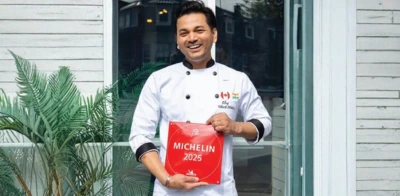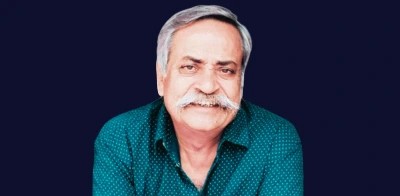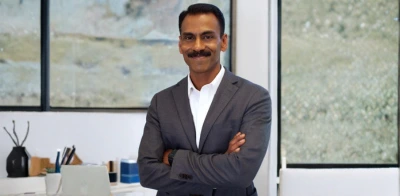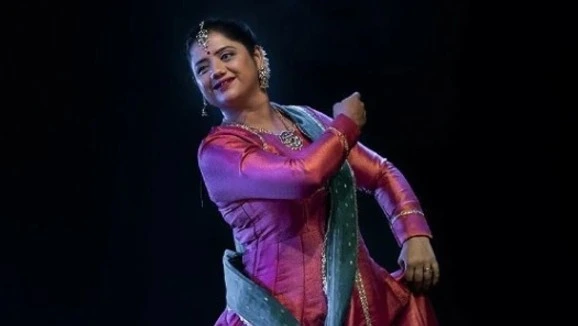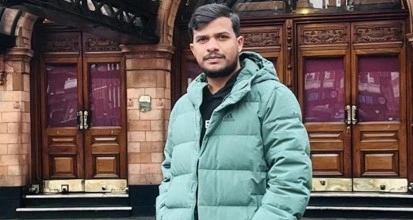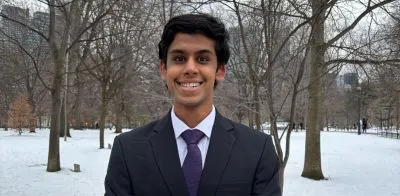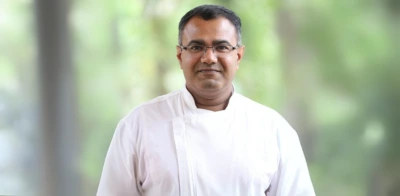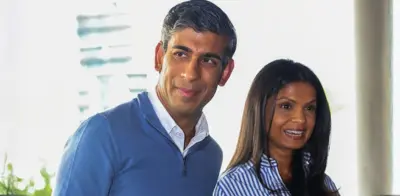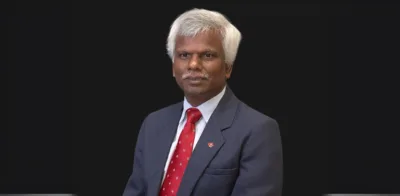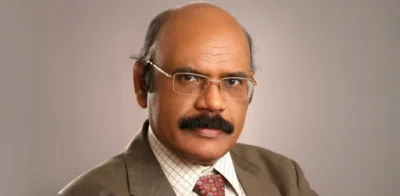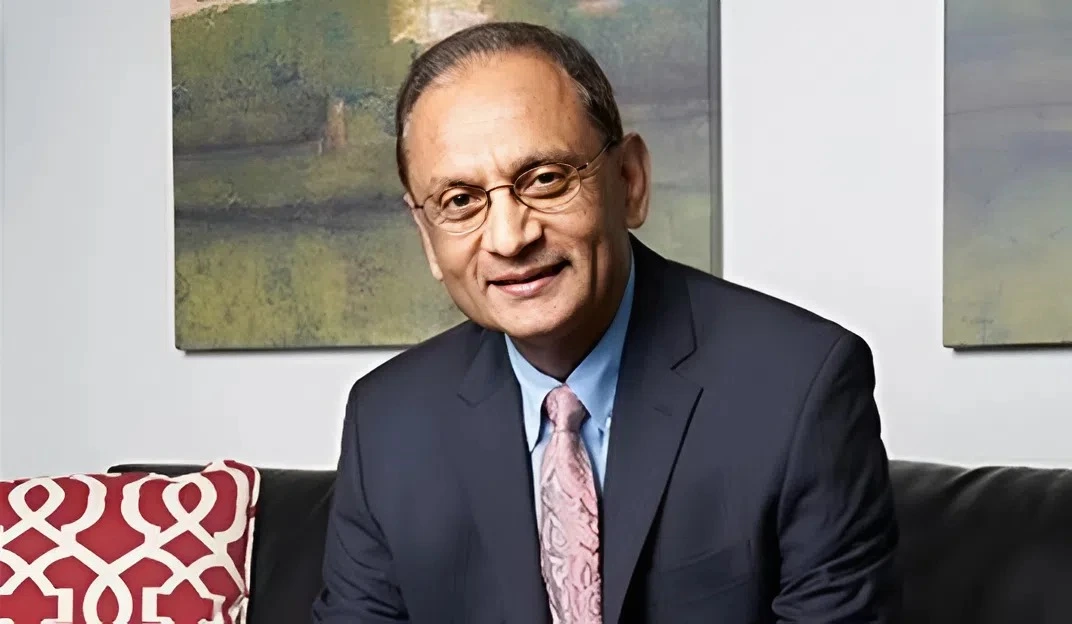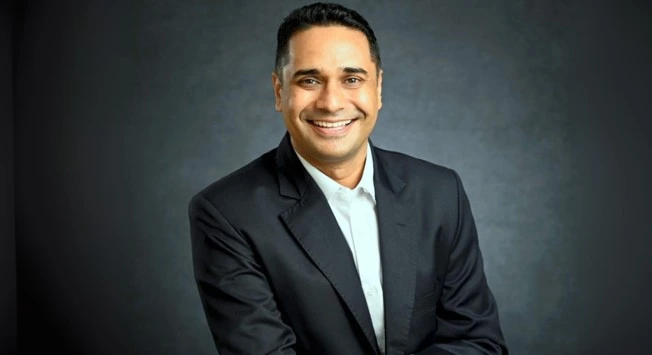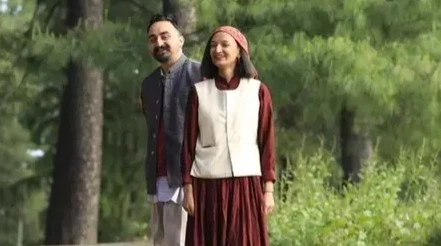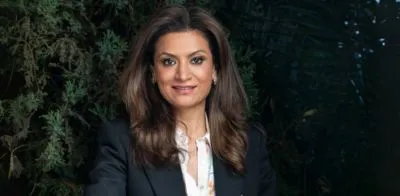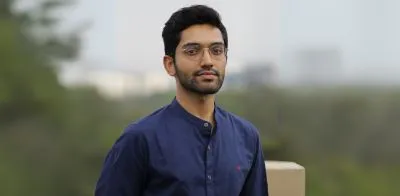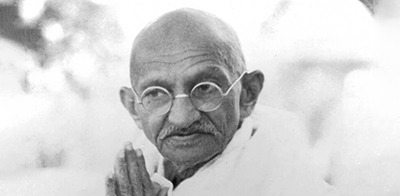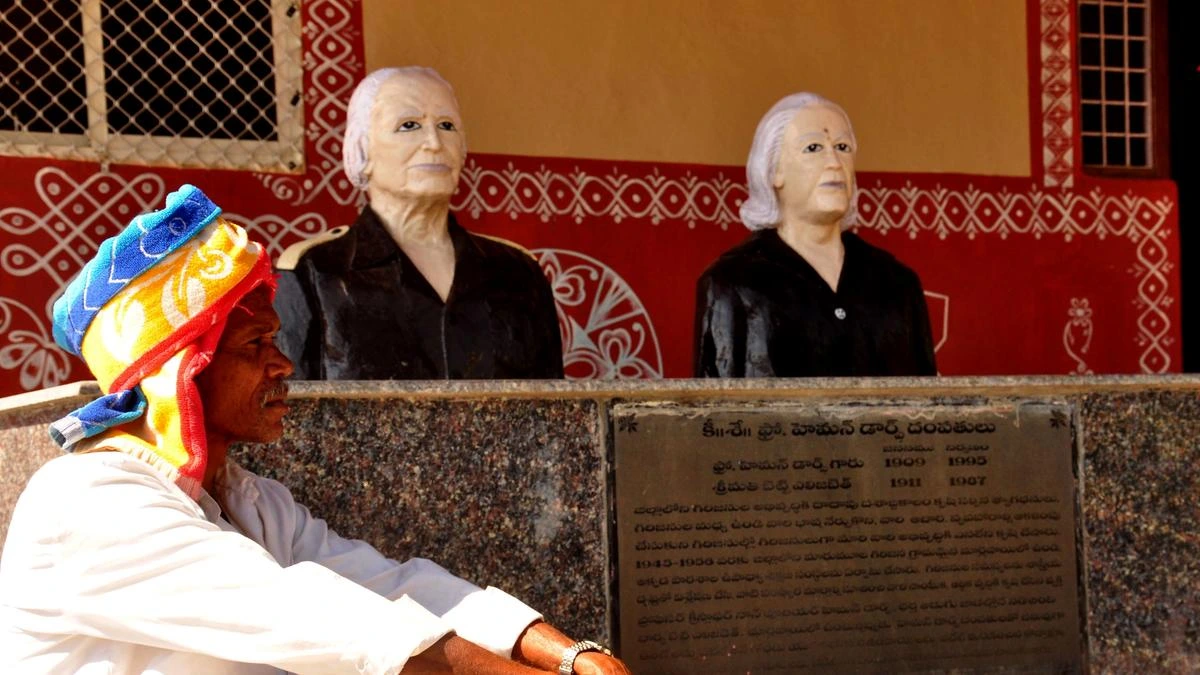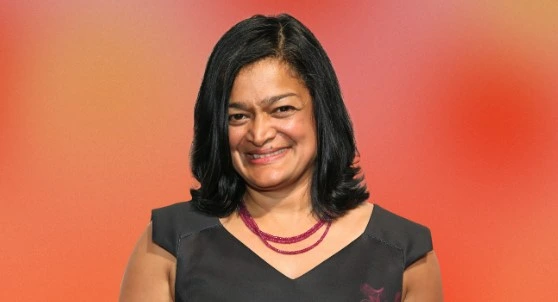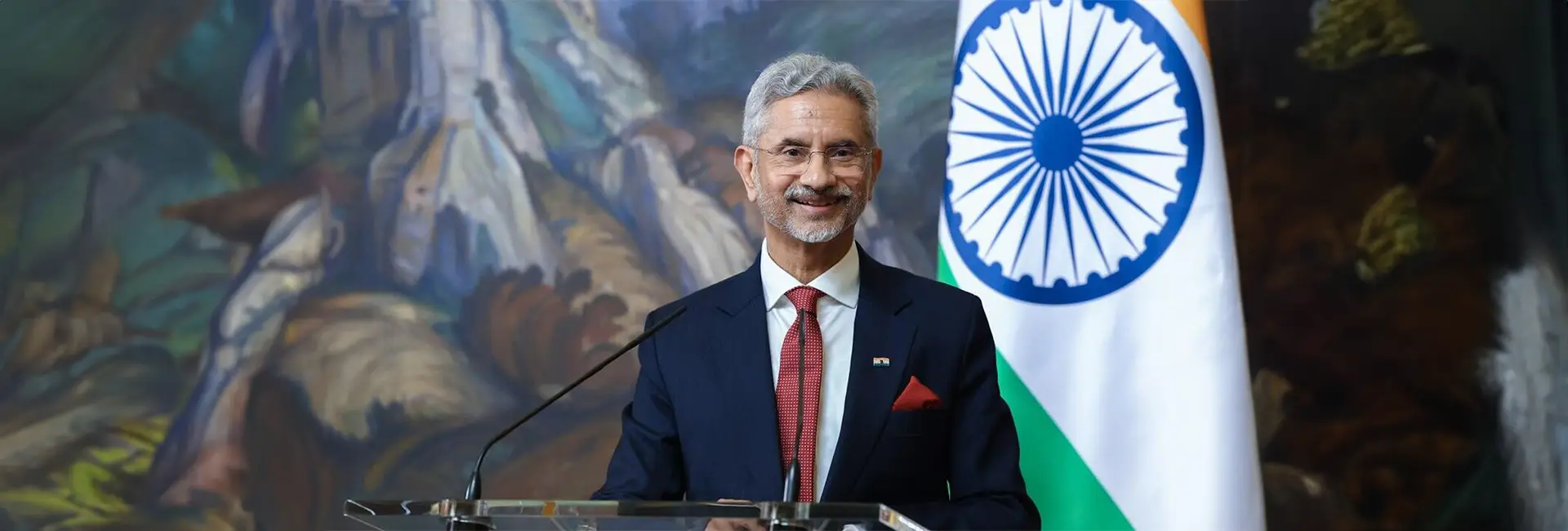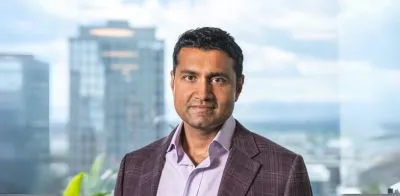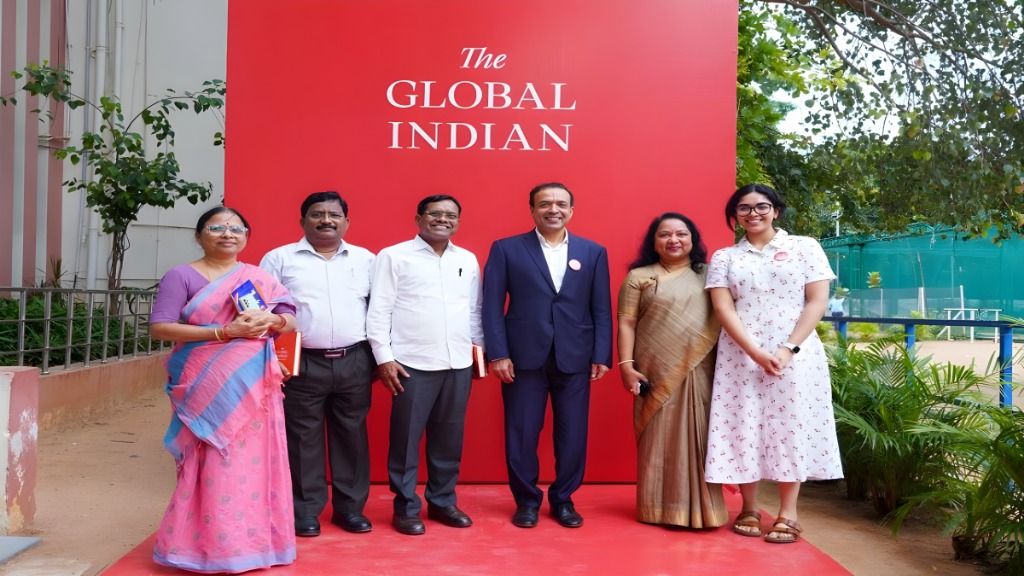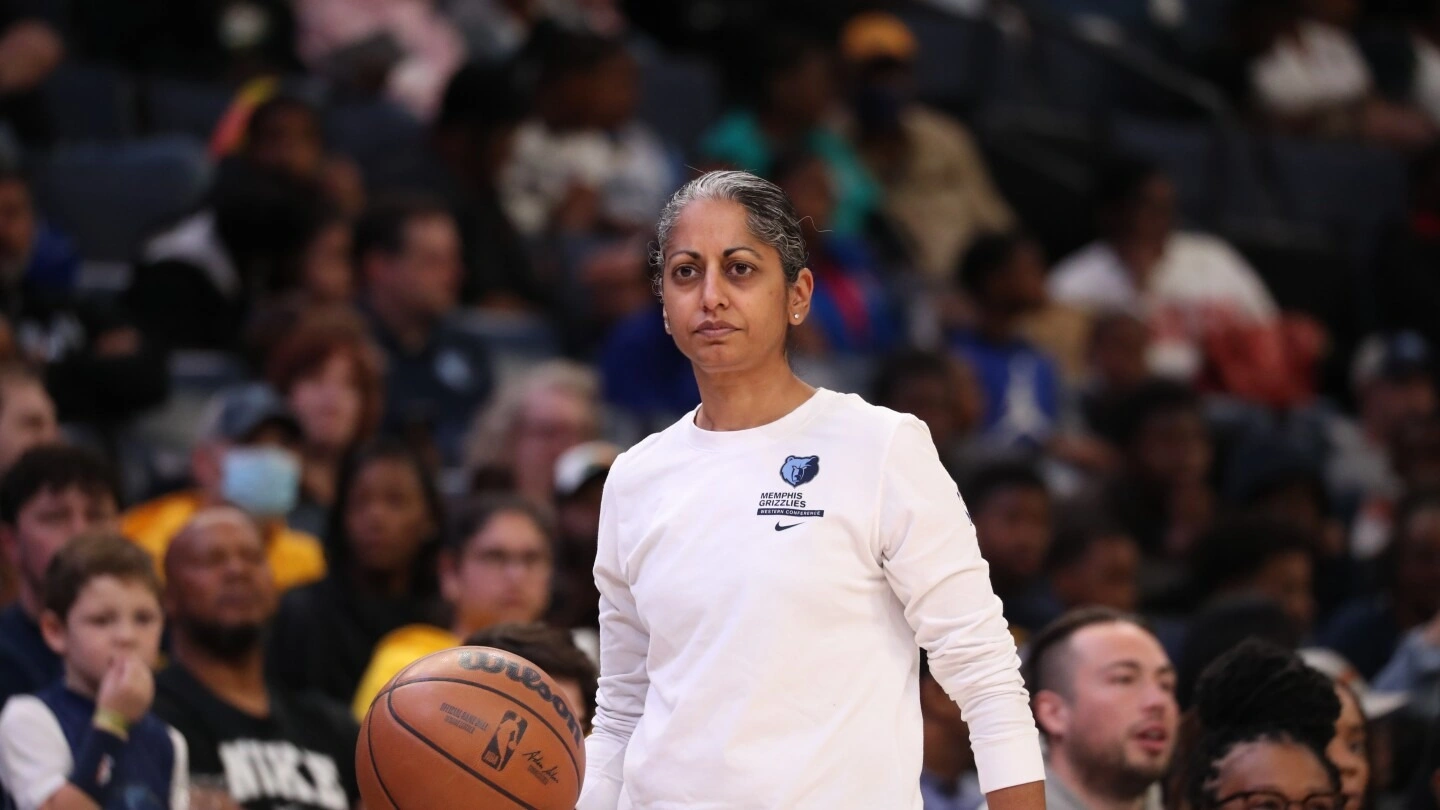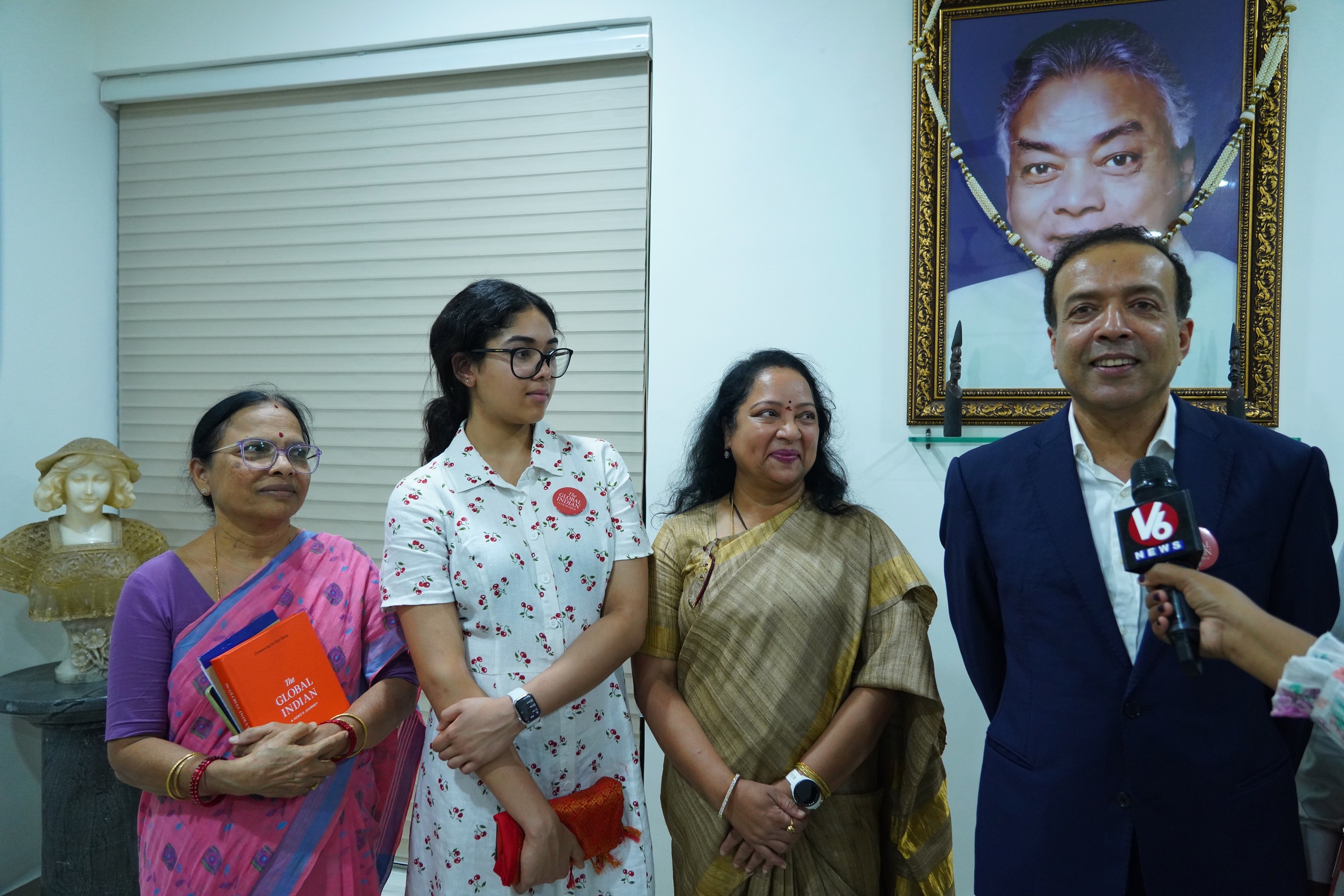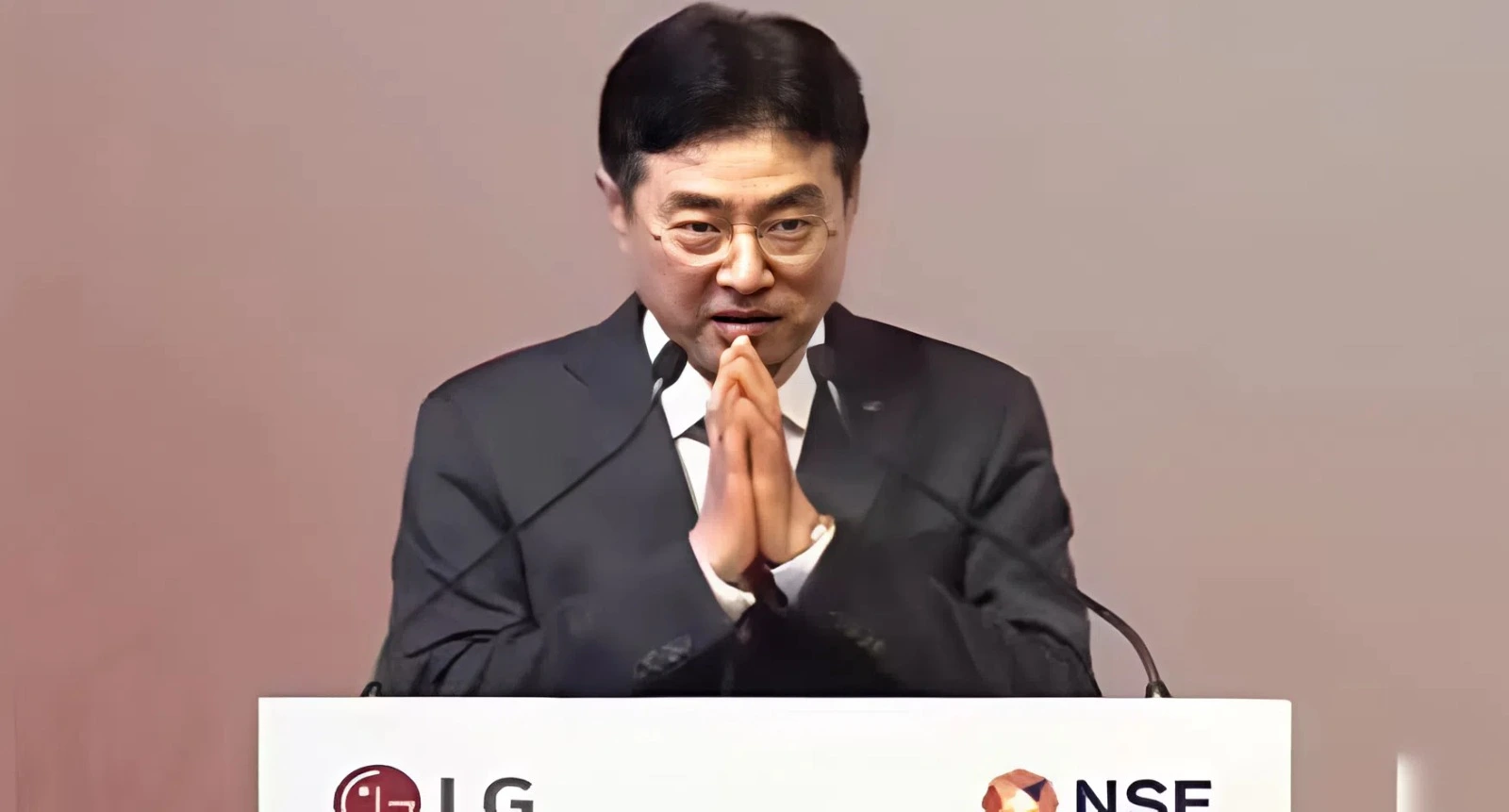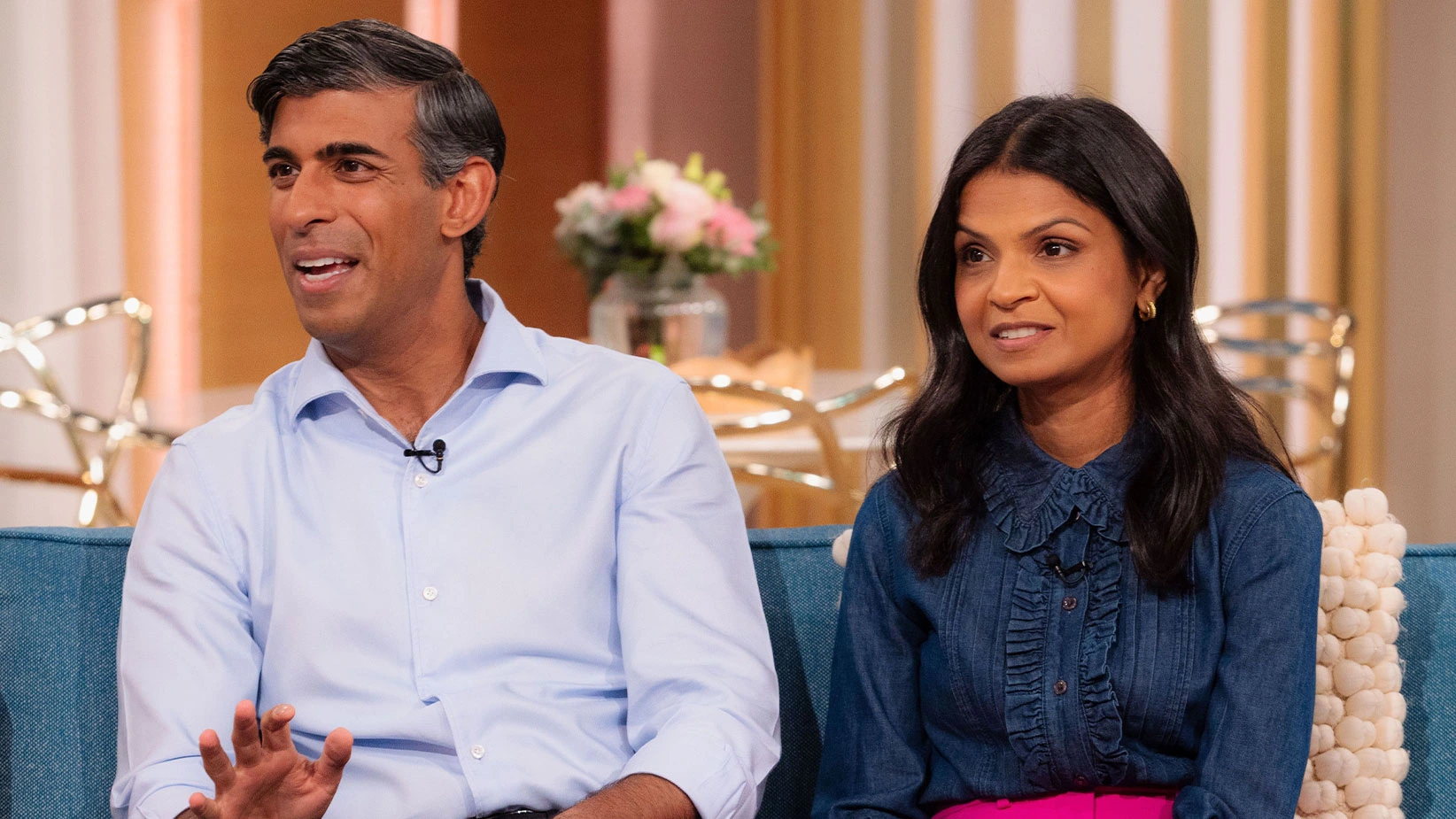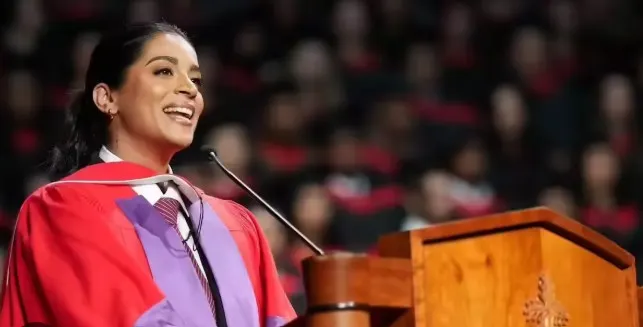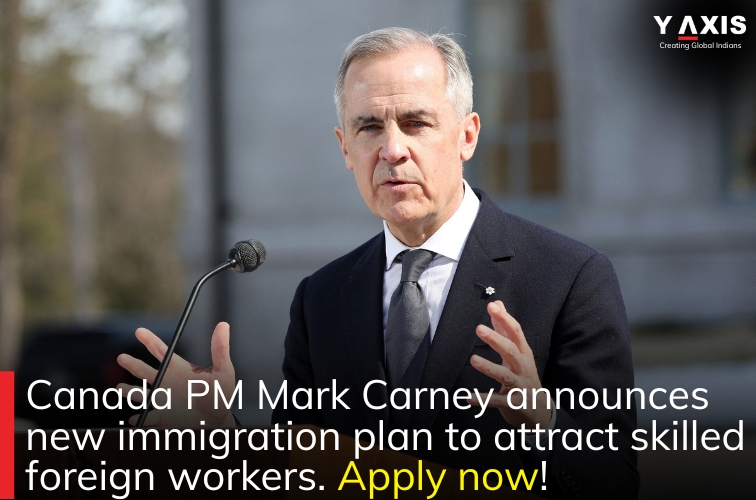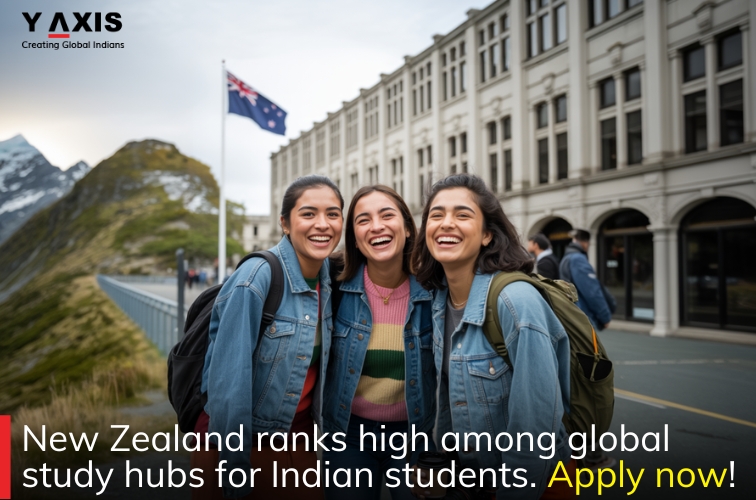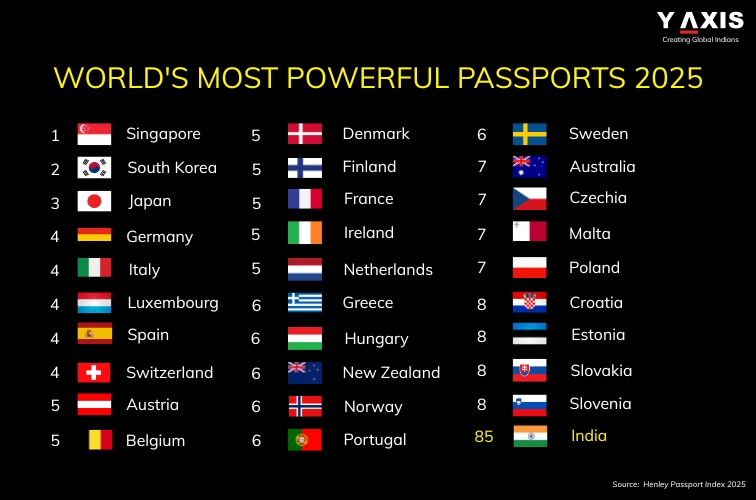MARKET PLACE
Stories that are researched and written by our editorial team
GLOBAL INDIAN | CAMPUS LIFE
Want to contribute? Write to us at editor@globalindian.com
GLOBAL INDIAN | WORK LIFE
Stories that are researched and written by our editorial team
GLOBAL INDIAN | CUISINE
Stories that are researched and written by our editorial team
Global Indian | ZIP CODE 
Global Indians | Giving Back
Ideas, initiatives and projects that are making a difference
Global Indian | Startups & Entrepreneurs
Global Indian | Culture
Global Indian | Good Reads
Top reads curated from the internet
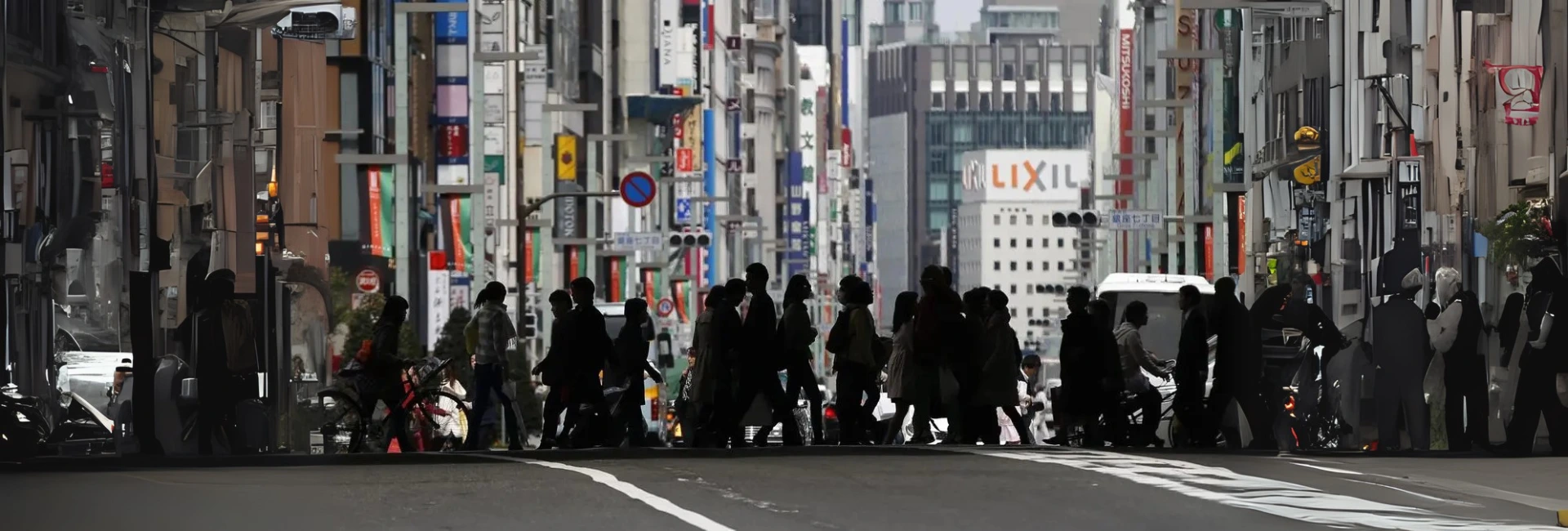
Travelling to Japan? Indian tourists will soon be able to pay via UPI — Here’s what we know
The article first appeared in Mint on October 19, 2025.

Immigration and the politics of fear
The article first appeared in The Hindu on October 23, 2025.

Rajesh Nambiar remains confident as AI, Trump test India’s tech sector
The article first appeared in Business Standard on October 21, 2025.

What Gandhi learned about vegetarianism in a London restaurant
The article first appeared in The Economic Times on October 19, 2025.

AI is becoming the ‘magic fix’ as America places ‘one big bet’ on it not being a bubble, market veteran warns
The article first appeared on Fortune on October 6, 2025.
A lot is riding on the AI boom, and it isn’t just the stock market surge. AI is being touted as an elixir for a number of serious economic challenges, according to Ruchir Sharma, chair of Rockefeller International.
In a Financial Times column on Sunday, the market veteran pointed out that the “immigration boom-bust cycle” that the U.S. is experiencing now is unprecedented in scale, swinging from a net gain of more than 3 million in 2023 to an expected trickle of just 400,000 this year. The drastic throttling in the labor force could slash U.S. growth potential by more than 20%. “Yet increasingly the response to this risk, too, is a shrug. AI is going to make human labor less necessary anyway,” Sharma quipped...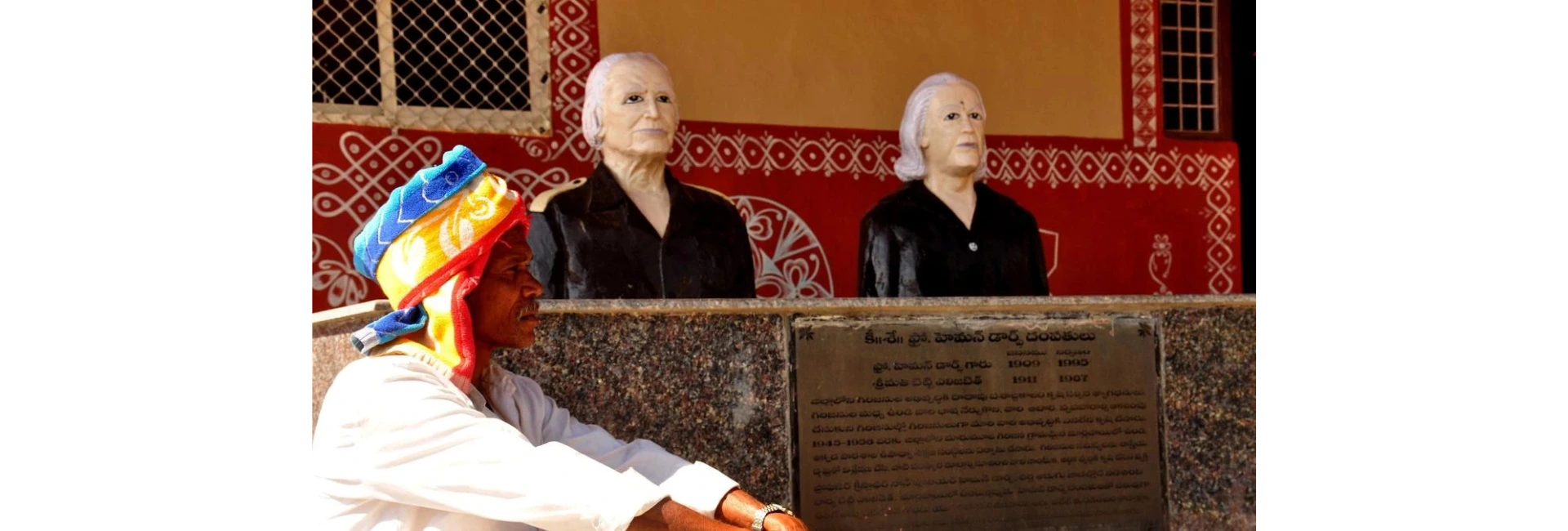
An enduring legacy of empowerment and change
The article first appeared on the Hindu on January 10, 2025.
An Austrian anthropologist couple’s deep bond with the Adivasis of a remote tribal village of Telangana, and their groundbreaking work in anthropology catalysed transformative changes, from literacy programmes to land rights advocacy. Their immersive work not only preserved the Raj Gond community’s heritage but also sparked progress that continues to uplift future generations...
Global Indian | World in Numbers
Statistically speaking
Global Indian | Did You Know?
Fun facts about India and Global Indians
Global Indian | Quotes
Global Indian | Opportunities
Powered by ![]()
Publisher’s Corner

Xavier Augustin
Global Indians are highly-skilled and dynamic risk-takers, the drivers of Brand India around the world. The stage is set and it belongs to you. What’s your story?
 Read
Read Contact Us
Contact Us
